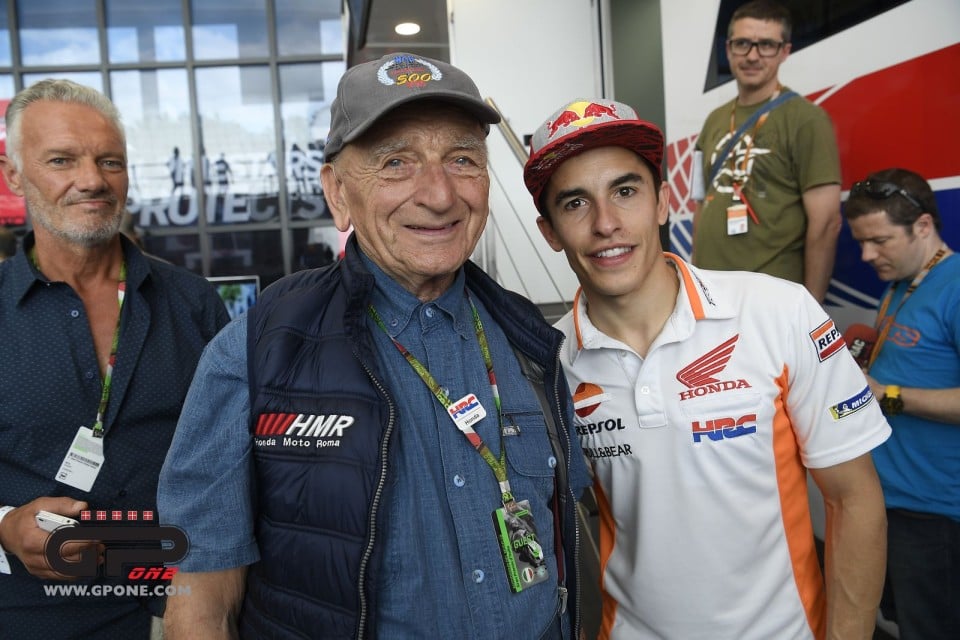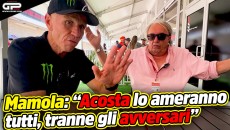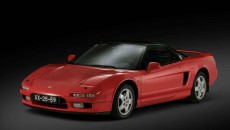Carlo Murelli, Honda's historic technician who was even highly considered by the legendary founder of the manufacturer, Soichiro, has passed away in Rome. He was 88 years old.
I met Carlo Murelli (but in Rome everyone called him Morelli with the 'o') when his racing department was a rectangle of a few square meters enclosed by a net in the Samoto workshop in Rome, in Via Gregorio VII. There Carlo used to prepare the Honda CB500, and then the 400, absolutely touring road bikes, turning them into virtually unbeatable rocket-ships that won every Sunday at Vallelunga and all around the Italian circuits.
That den looked like an operating room, in terms of order and cleanliness and only people a few had access to it. There Carlo, together with his right-hand man, the rider Tommaso 'Giorgio' Piccirilli, transformed bikes born for anything else into 'racing bikes', taking care of every detail with obsessive care. And he did it with such expertise and passion that his fame reached Japan, so much so that when Honda returned to the world championship in 1979, Murelli became one of the pillars of his racing department.
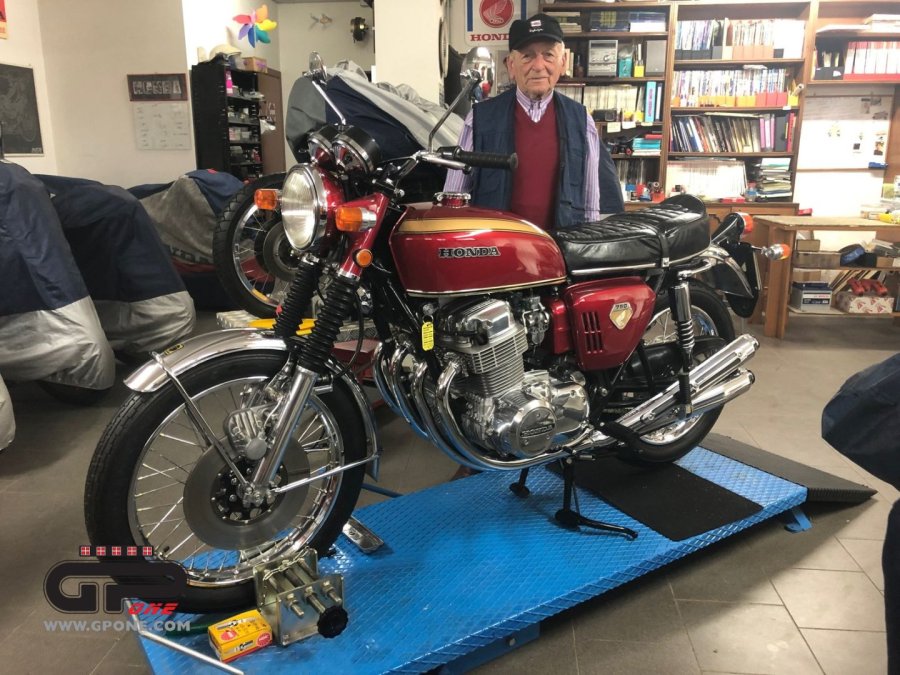
"He was brilliant - Takazumi Katayama told us a few years ago, the first to ride the NR with oval pistons - he was not an engineer, but a problem with the very complicated head of the NR (the oval piston housed 8 valves!) was solved thanks to a intuition of Carlo. Soichiro Honda himself, who started out as a mechanic, had such great esteem that he hosted him at his house where Murelli himself prepared him a dish of spaghetti with tomato ".
From that den in Via Gregorio VII in Rome, a later memory was the debut of the NR at Silverstone. There was not enough space in the old garages, so Honda extended them outside with blue awnings placed against the old red brick structure.
The fact was that the Honda NR, like later the first Ducati Desmosedici, did not stay together when it was disassembled: the frame was a kind of shell that acted as a load-bearing structure and fairing, with the side radiators just touching. It was so far ahead, with so many ideas mixed together, that the first races were anything but memorable. The price to pay for progress too advanced in time and space for those still primitive years where the simple 500cc 2-strokes dominated, against which the NR fought, let's remember, with the same engine capacity.
After Katayama came Freddie Spencer and Marco Lucchinelli. Only champions for a champion like him.
(p.s.)
THE HONDA NR500 AS TOLD BY TAKAZUMI KATAYAMA
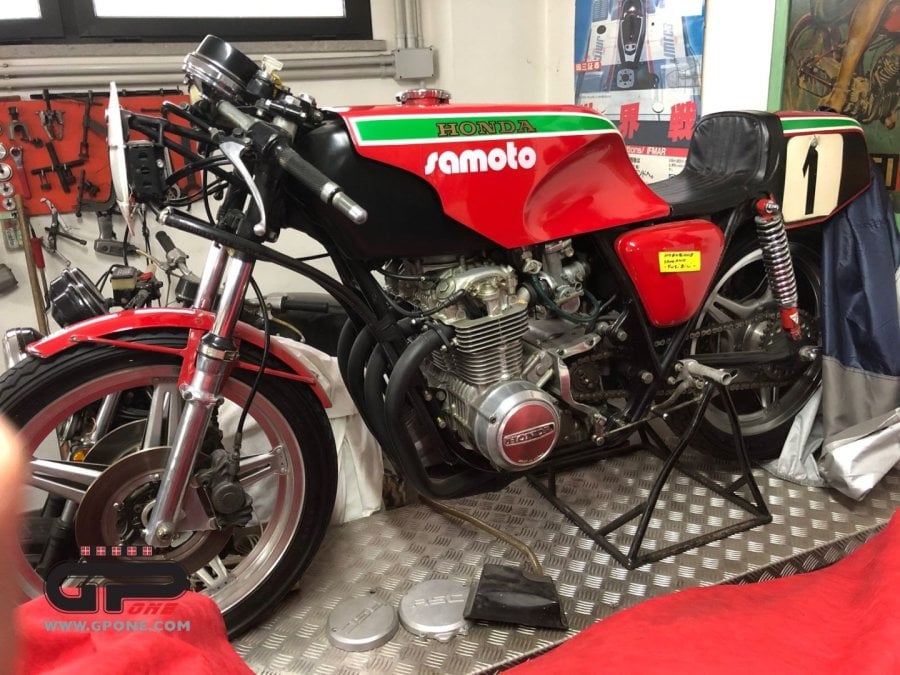
Carlo was the only European mechanic to have worked on the very secret Honda NR Oval Piston project which debuted at Silverstone in 1979 with the Englishman Mick Grant and the Japanese ex-350 champion Takazumi Katayama.
At Honda Japan, which was then not yet HRC but HIRCO (Honda International Service Racing Company) he arrived in 1978 like a child dreaming of an expensive toy: like taking a pen and writing to Santa Claus. Which was, more or less, what he did. Knowing that Honda was preparing to officially re-enter the World Championship after an absence of 12 years, he wrote to Japan applying as a mechanic. Skilled and enlisted. His dream had come true.
That futuristic bike picked up very little satisfaction despite the fact that the science-fiction project was repeatedly reworked both in the chassis and in the engine. With the two-stroke there was nothing doing. Too much difference. But he defended it to the hilt. "If we had had the current electronics - he said - that bike would have been a winner. An amazing technical experiment because no manufacturer in the world has ever been able to create anything like this".
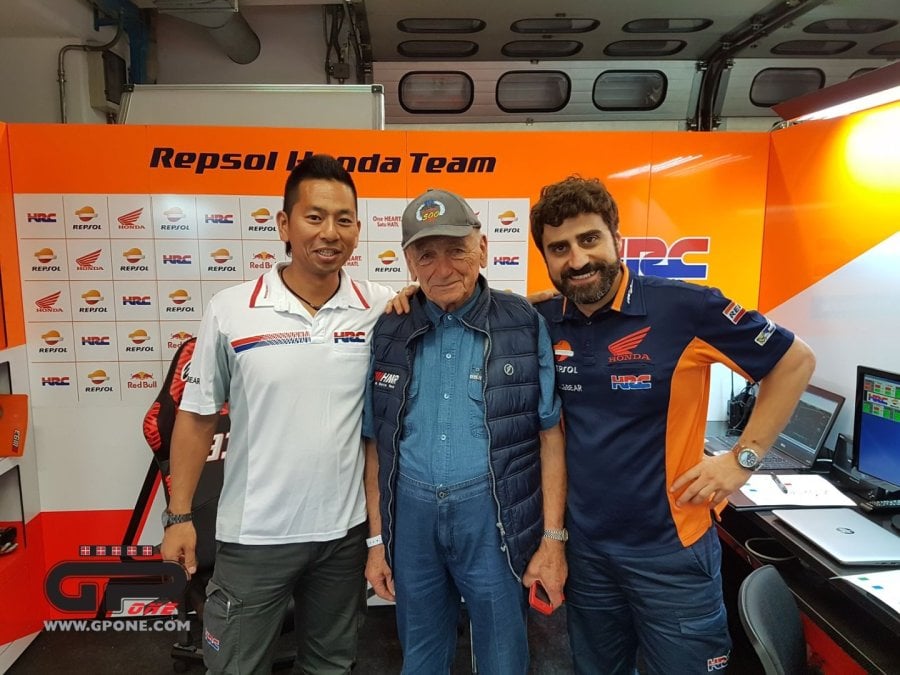
A project that was so awesome to the point that in Formula 1 at the request of all the teams, the shape of the pistons was required to be circular. Failure in the Grands Prix? "The NR - Murelli continued - was penalized too much by the regulations. In those days we did not start with the engine running and it is clear that starting an engine with such a short stroke and such a high torque was very difficult. It was an impossible comparison to the ease of starting a two-stroke. Every time at the start when the NR was started up, the others were already ahead. Honda however wanted to win with the 4-stroke and that bike started from 110 horsepower up to the 130 of the last version, without counting the various frames that followed from the first disappointing monocoque. It didn’t succeed, but I repeat: if there had been the current electronics, the NR would have been immediately successful. As for its fragility, the engine was not fragile, if anything it was other components that created problems. The NR engine broke only once which was at Silverstone in 1981 when Spencer started last and climbed up to sixth position in a few laps. Perhaps he had asked too much of the engine that time. "
Carlo was born in Piacenza on March 22, 1934, but lived in the capital for almost 60 years. And with the Honda 500 and 400 he prepared in the then Roman dealership Samoto in the ‘70s he won 83 races, in particular with Tommaso Piccirilli, who died in an accident in Imola in 1975, (last photo) with whom he had a symbiotic relationship. Now, up there, they will meet again. In any case, besides being a great technician, he was a great man. He could afford with his pedigree to look down on everyone. Instead he was a humble man: never heard him talking badly about anyone.
Carlo Murelli's funeral will take place on Saturday at 3 pm in Rome in the church of the SS Redentore in via Monterocchetta near the Ionio metro stop, in the Monte Sacro area, where he lived. We talked to his daughter Milena who told us about his extremely serious situation. But it was not Covid that killed him even if it inevitably had an impact. "Unfortunately he had a lung tumour for some time - according to Milena Murelli - and a bladder tumour with widespread metastases. He had been treated but the bladder tumour proved fatal because it affected his bones". It's bad to say it, but he stopped suffering, because Carlo had been suffering so much in recent times. Too much.
(from Yesterbike)



